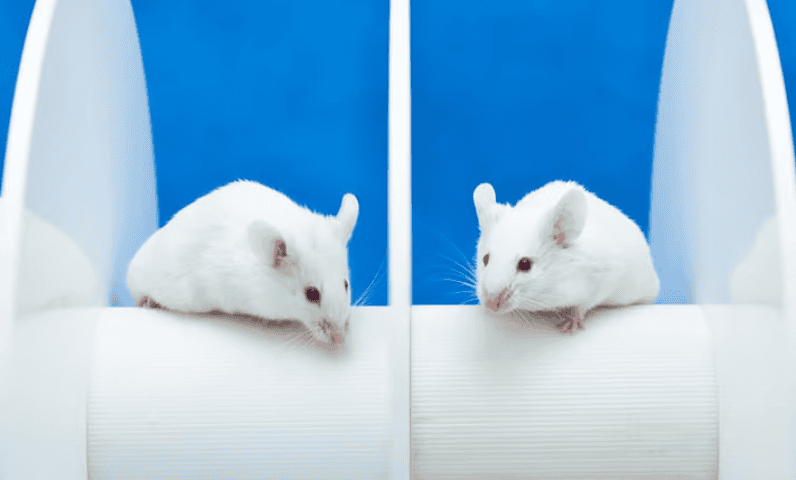Everyone knows that mice aren’t men. Yet animal studies still form the basis of most biomedical research, even as their value is hotly debated. But exactly how often do therapies that start in animals translate to the clinic?
More often than expected, according to a new analysis by scientists at Switzerland’s University of Zurich, but the overall approval rate is still low. In an article published June 13 in PLOS Biology, the research team described the results of an umbrella review of 122 meta-analyses that evaluated the success of therapies in moving from animals to humans. They found that while positive results in animals and humans frequently aligned and more than half of studies translated from animals to the clinic, only 5% were ultimately approved.
“Although the consistency between animal and early clinical studies was high, only a minority of therapeutic interventions achieved regulatory approval,” the researchers wrote in their paper. “To enhance development of therapies for clinical application, it is imperative to emphasize the robustness and generalizability of experimental approaches, ensuring rigorous animal and human research.”
The researchers selected meta-analyses for their review according to how well they fit a 10-part set of criteria, which included the soundness of each study’s methodology, the inclusion of a conflict-of-interest statement, and a clear research question. The studies assessed 367 treatments for 54 unique diseases or conditions, including cardiac arrest, cancer, stroke, obsessive-compulsive disorder and more. Fifty percent of them reached any clinical stage, and 40% of these went on to a randomized controlled trial. The median lag time was five years between animal studies and clinical trial entrance and 10 years to FDA approval.
Translational proportions varied by disease area. For example, just 1% of the 166 therapies for circulatory system diseases included in the analyses were eventually approved, and none of 16 mental health treatments were. Therapies for cancer and musculoskeletal disease fared better: Of the 15 cancer treatments in the analyses, 20% were approved, as were 15% of the 13 musculoskeletal disease drugs.
To study concordance—or agreement between human and animal studies—the researchers narrowed their pool to 62 therapies that had at least five published animal studies behind them. Positive outcomes in animal studies aligned with positive outcomes in human studies about 86% of the time overall, their analysis showed. This again varied by disease area: The 23 neurological disease drugs in the assessment aligned between animals and humans about 99% of the time, while the six therapies included for musculoskeletal disease had a 60% concordance rate.
Agreement between animal and human studies was on par with what researchers see outside the context of drug translation and in disease mechanisms more broadly, the scientists wrote in their paper. It was, however, “surprising” to see how many therapies translated from animals to the clinic but didn’t cross the finish line.
The team offered two possible explanations for the discrepancy. First, stringent requirements for randomized controlled trials and approval might be filtering out otherwise promising therapies, they wrote. Second—and more likely—is the possibility that there are design problems with both animal studies and early-stage clinical trials, like improper randomization and issues with blinding.
“This could lead to unreliable findings in both domains, ultimately resulting in exclusion of these therapies in more rigorous clinical trial settings,” the researchers wrote. The same line of reasoning might also explain the “efficacy-effectiveness gap,” where patients treated in clinical trials have different outcomes than those in the real world, they added.
Ultimately, improving translation comes down to improving the robustness and generalizability of data, the researchers wrote. Drugs that are tested in many different laboratory settings “tend to promise better outcomes in human studies,” they said. Additionally, animal studies and early clinical trials should be aligned with legitimate clinical needs.
“Incorporating these measures could not only streamline drug development but also positively impact animal welfare by reducing research waste,” the researchers wrote.

